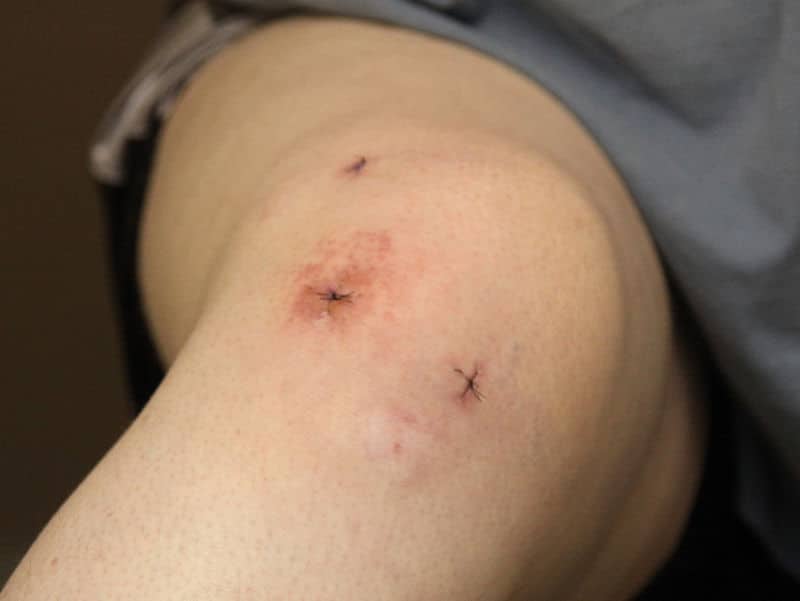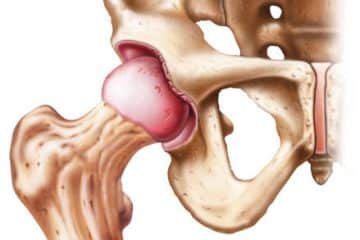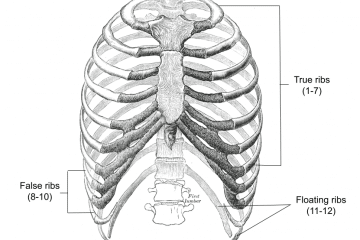Meniscus Surgery Cost – Overview
A meniscus tear is a common knee injury. The meniscus is a rubbery, C-shaped disc that cushions the knee. Each knee has two menisci (plural of meniscus)—one at the outer edge of the knee and one at the inner edge. The menisci keep the knee steady by balancing your weight across the knee.
A meniscus tear can result from regular activities such as walking and squatting as much as it results from strenuous activities such as contact sports like football and hockey.
Torn knee meniscus generally produces pain in the region of the tear and swelling in the knee joint. These symptoms are made worse with pivoting motions, squatting, and vigorous activities.
When it comes to treating meniscus tear, home treatment and physical therapy are usually sufficient. However, meniscus surgery may be required for more serious tears. Related: Patella Surgery
Meniscus Surgery
There are various surgical approaches to treat a torn meniscus. Some involved repair of the tear while others require removal of the meniscus depending on the degree of the tear, the locations and the condition of associated structures in the knee. The meniscus surgery cost will also vary with the surgical option opted for.
A study conducted by Heckman, Barber-Westin & Noyes found that it is better to repair the meniscus than rather remove it (meniscectomy).
The amount of rehabilitation time required for a repair is longer than a meniscectomy, but removing the meniscus can cause osteoarthritis problems resulting from the lack of cushioning function that the meniscus provides.

Typical locations of arthroscopic surgery incisions in a knee joint following surgery for a tear in the meniscus
Torn Meniscus Repair Surgery
Arthroscopic meniscus repair is an outpatient surgical procedure to repair torn knee cartilage. The torn meniscus is repaired by a variety of minimally invasive techniques and requires postoperative protection to allow healing.
The goal of meniscus surgery is to preserve healthy meniscus tissue. A meniscus tear requires a blood supply to heal.
Only the outer third portion of the meniscus has a blood supply to enable the healing of a tear. Repairs are generally limited to this peripheral region of the meniscus.
When performed by an experienced surgeon, meniscus repair is highly successful, with good results in approximately 90% of patients. Any knee that is injured has a higher likelihood of developing arthritis.
A successful repair slows the development of arthritic changes. Factors associated with higher rates of meniscus healing include repair within 2 months, more peripheral tear location, and concomitant ACL reconstruction.
Physical therapy is useful to regain full function of the knee, which occurs on average 4-5 months after surgery.
Torn Meniscus Repair Risks
The procedure is generally safe with a complication rate of about 1%. The most common complications are injuries to skin nerves, the vast majority of which resolve without additional procedures by three months post-surgery. Injury to larger nerves or blood vessels is rare, as are blood clots.
Torn Meniscus Repair Cost
Since much of the rehabilitation is done at home, rehabilitation is cost-effective. The surgeon and therapist should be able to provide the usual cost of the rehabilitation program.
Meniscus repair surgery typically costs about $5,400-$7,000 or more, depending on the age of the patient, the severity and exact location of the injury, whether related injuries are present, and the hospital where the procedure is performed.
Torn Meniscus Removal (Meniscectomy)
Meniscectomy refers to the removal of torn meniscectomy to be replaced by implants or transplants. When the entire meniscus is removed it is known as total meniscectomy while partial meniscectomy refers to the removal of only the damaged part.
The surgical procedure involves two small incisions made in the anterior region of the knee below the patella. A camera is inserted through one of the incisions so that the surgeon can see the inside of the knee joint on a monitor.
The other incision is used to place a tool into the joint that will clip and remove the torn piece of cartilage. While the camera is inside the joint the surgeon uses this opportunity to examine the rest of the knee to make sure it is otherwise healthy.
Meniscectomy Risks
All surgery has risks. Meniscectomy is generally well tolerated and does not usually cause complications. But there is a risk of damaging the nerves during surgery.
There is a direct relationship between the amount of meniscus tissue that is surgically removed and the load distribution across the knee. If more tissue is removed, the knee is less able to sustain the load of walking, running, or other activities.
With uneven load distribution, degeneration of the knee joint may happen at a faster pace than it would with an intact meniscus.
In any surgery, there is a risk of infection or bleeding. And there are risks with general or regional anesthesia.
Torn Meniscus Removal Cost
The total cost for torn meniscus removal surgery depends on a lot of factors such as the anesthetic fee, private hospital fee, private operating facility fee, the extent of surgery required. The total cost of the procedure is around $7,500 – $20,000.
Learn More: Inguinal Hernia Surgery
Post-surgical Rehabilitation
After successful surgery for treating the destroyed part of the meniscus, patients must follow a rehabilitation program to have the best result. The rehabilitation following a meniscus surgery depends on whether the entire meniscus was removed or repaired.
Meniscectomy Recovery
Following removal of the torn meniscus, patients can usually start walking using a crutch a day or two after surgery. Although each case is different, patients return to their normal activities on average after a few weeks (2 or 3).
Still, a completely normal walk will resume gradually, and it’s not unusual to take 2–3 months for the recovery to reach a level where a patient will walk smoothly.
Many meniscectomy patients don’t ever feel a 100% functional recovery, but even years after the procedure they sometimes feel tugging or tension in a part of their knee.
Meniscus Repair Recovery
If the meniscus was repaired, the rehabilitation program that follows is a lot more intensive. After the surgery, a hinged knee brace is sometimes placed on the patient. This brace allows controlled movement of the knee.
The patient is encouraged to walk using crutches from the first day, and most of the time can put partial weight on the knee.
Improving symptoms, restoring function, and preventing further injuries are the main goals when rehabilitating.
By the end of rehabilitation, the normal range of motion, the function of muscles, and coordination of the body are restored.
Personalized rehabilitation programs are designed considering the patient’s surgery type, location repaired (medial or lateral), simultaneous knee injuries, type of meniscal tear, age of the patient, condition of the knee, loss of strength and ROM, and the expectations and motivations of the patient.


